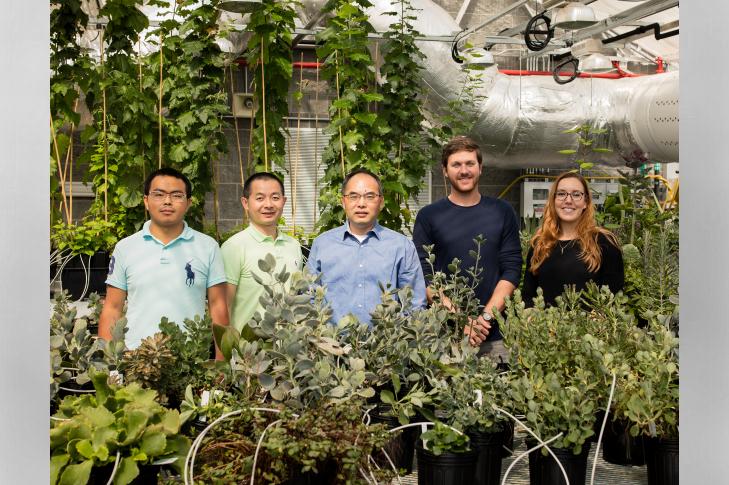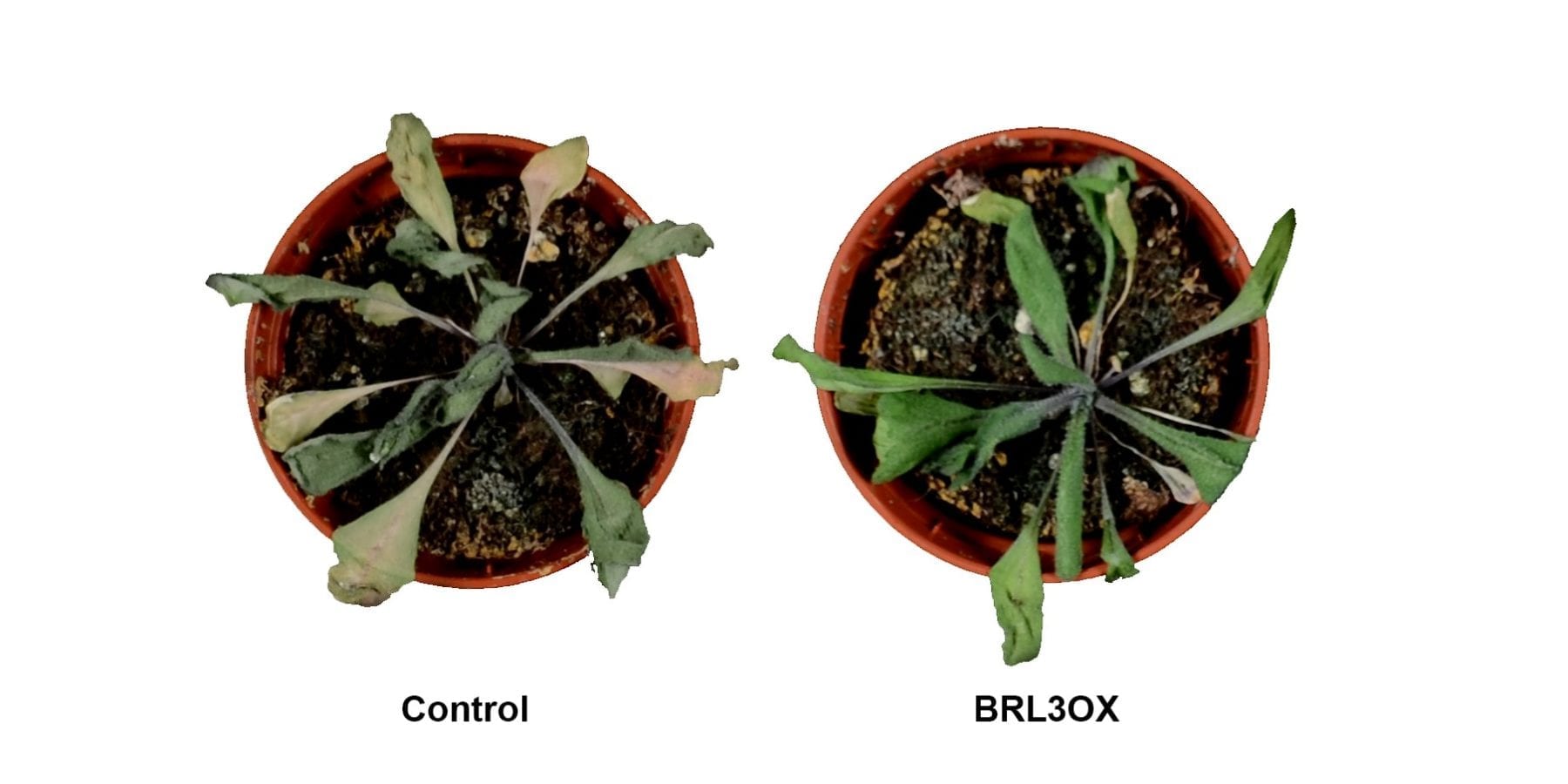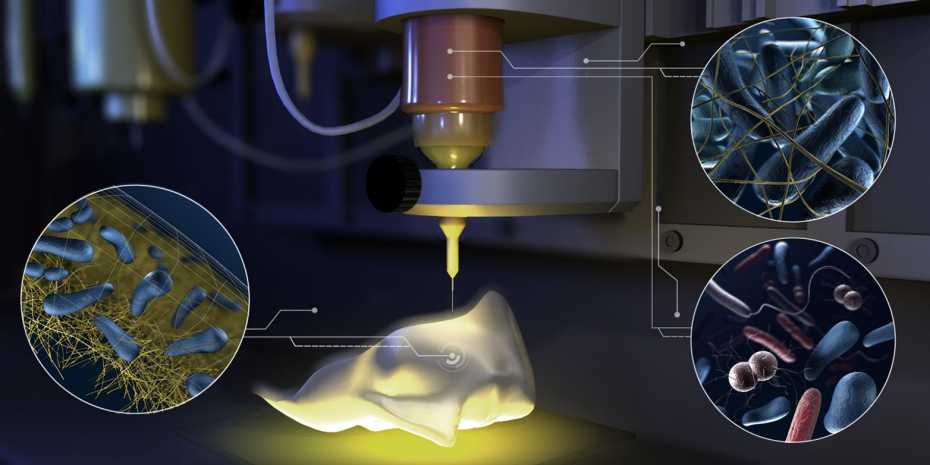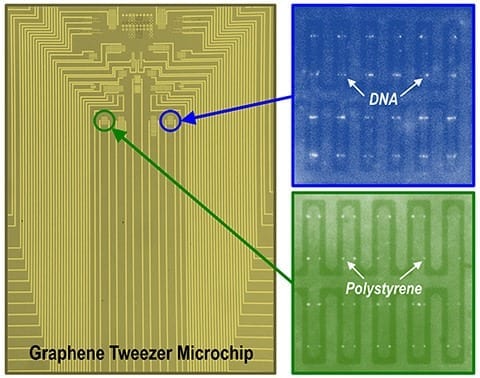
Scientists at the Department of Energy’s Oak Ridge National Laboratory have identified a common set of genes that enable different drought-resistant plants to survive in semi-arid conditions, which could play a significant role in bioengineering and creating energy crops that are tolerant to water deficits.
Plants thrive in drylands by keeping their stomata, or pores, shut during the day to conserve water and open at night to collect carbon dioxide. This form of photosynthesis, known as crassulacean acid metabolism or CAM, has evolved over millions of years, building water-saving characteristics in plants such as Kalanchoë, orchid and pineapple.
“CAM is a proven mechanism for increasing water-use efficiency in plants,” ORNL coauthor Xiaohan Yang said. “As we reveal the building blocks that make up CAM photosynthesis, we will be able to bioengineer the metabolic processes of water-heavy crops such as rice, wheat, soybeans and poplar to accelerate their adaptation to water-limited environments.”
Scientists are studying a variety of drought-resistant plants to unlock the mystery of CAM photosynthesis. For this work, the ORNL-led team sequenced the genome of Kalanchoë fedtschenkoi, an emerging model for CAM genomics research because of its relatively small genome and amenability to genetic modification.
The team investigated and compared the genomes of K. fedtschenkoi, Phalaenopsis equestris(orchid) and Ananas comosus (pineapple) using ORNL’s Titan supercomputer.
“It is widely accepted that some unrelated plants exhibit similar characteristics under similar environmental conditions, a process known as convergent evolution,” Yang said.
They identified 60 genes that exhibited convergent evolution in CAM species, including convergent daytime and nighttime gene expression changes in 54 genes, as well as protein sequence convergence in six genes. In particular, the team discovered a novel variant of phosphoenolpyruvate carboxylase, or PEPC. PEPC is an important “worker” enzyme responsible for the nighttime fixation of carbon dioxide into malic acid. Malic acid is then converted back to carbon dioxide for photosynthesis during the day.
“These convergent changes in gene expression and protein sequences could be introduced into plants that rely on traditional photosynthesis, accelerating their evolution to become more water-use efficient,” said Yang. The team published their findings in Nature Communications.
Smart water use
Crop production is the world’s largest consumer of freshwater. Availability of clean water resources is shrinking because of urbanization, human population growth and changes in climate, which presents a challenge to optimal growing environments.
To address this concern, engineering CAM photosynthesis into food and energy crops could reduce agricultural water use and boost crops’ resilience when the water supply is less than desirable.
“Studying the genome of water-efficient plants may also provide insights into a plant’s ability to use slightly saline water and maintain growth under higher temperature and lower clean water availability,” said Jerry Tuskan, coauthor and chief executive officer of the Center for Bioenergy Innovation led by ORNL. “If we can identify the mechanisms for water-use efficiency, we could move this trait into agronomic plants, supply non-potable water as irrigation to those plants and save the clean water for drinking.”
Learn more: Genes found in drought-resistant plants could accelerate evolution of water-use efficient crops
The Latest on: Drought-resistant plant genes
[google_news title=”” keyword=”drought-resistant plant genes” num_posts=”10″ blurb_length=”0″ show_thumb=”left”]- Drought-tolerant, virtually unkillable plants and more for the garden this weekon April 19, 2024 at 12:36 am
Tree kale is sometimes called “walking stick cabbage” due to the fact that its trunk, over time, becomes sufficiently hardened so that, after the plant ... are seeking drought-tolerant ...
- Drought-tolerant, virtually unkillable plants and more for the garden this weekon April 19, 2024 at 12:36 am
2. If you are seeking drought-tolerant candidates for spilling over block walls that will flower from now until fall, I have two suggestions. If you are partial to passionate blazing color, ...
- Twisted pollen tubes induce infertility in plants with multiple sets of chromosomeson April 15, 2024 at 5:00 pm
Plants with multiple genomes adapt better to the environment and are salt-tolerant or drought-resistant ... the researchers identified genes associated with the plant's fertility for which ...
- 5 drought-tolerant plants that will beat the summer heaton April 4, 2024 at 5:00 pm
“We definitely consider the performance of plants when we’re coming up ... “It’s actually a succulent, so it is extremely drought-tolerant and heat-tolerant.” Clegg continues, “When ...
- Root Awakening: Water drought-tolerant plants periodicallyon March 29, 2024 at 9:00 am
Succulents need at least six hours of direct sunlight a day to thrive, or they will take on a stretched, lanky appearance. Although these are drought-tolerant plants, do not let them remain dry ...
via Google News and Bing News










